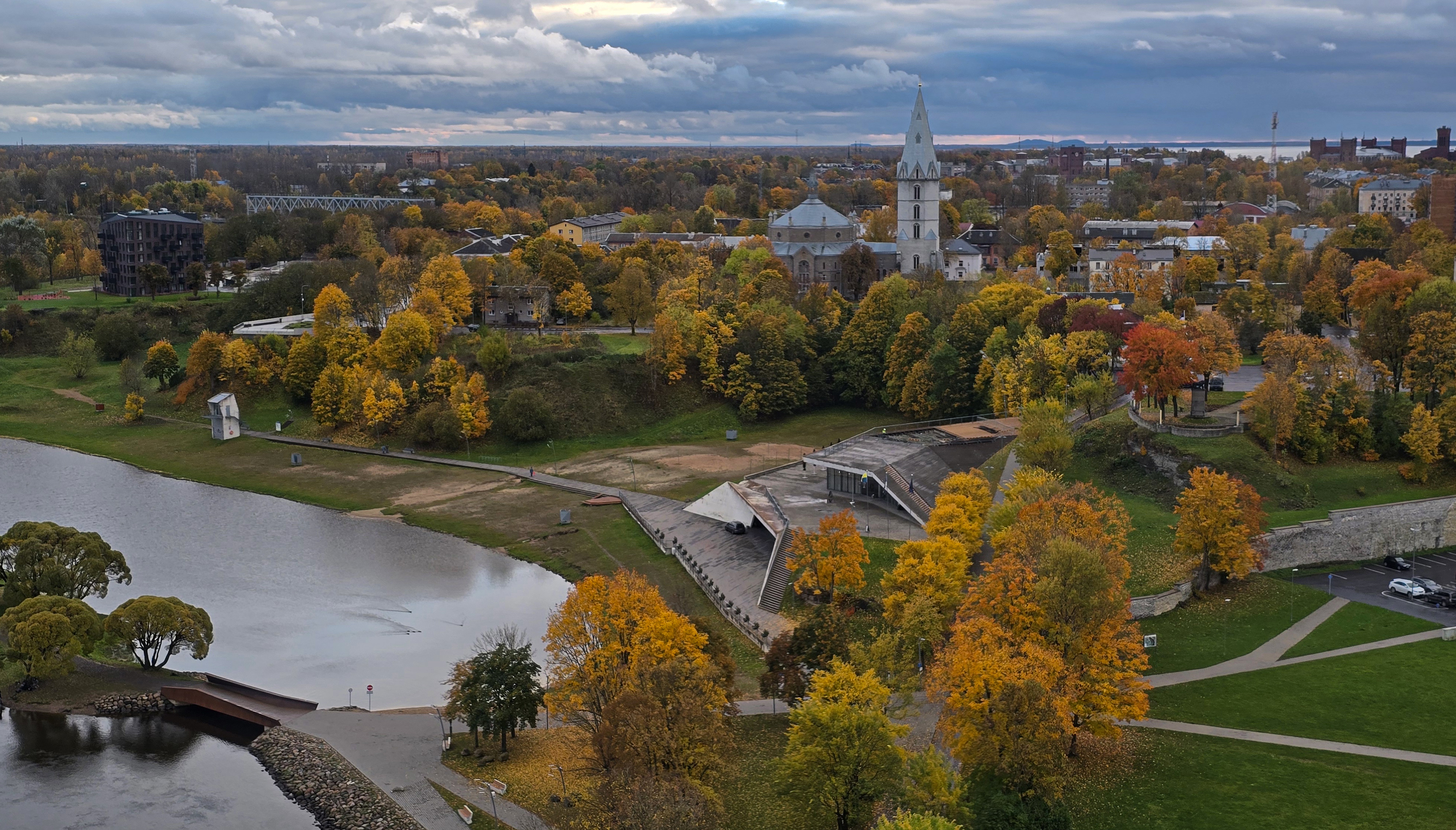
12–17 October 2025
The Integrated Action Approach team, Elena Batunova and Albina Davletshina, carried out a second fieldtrip to Narva in October 2025, continuing the comparative study of resilience and governance in post-socialist housing environments.
This visit concentrated on the actors responsible for managing, financing, and sustaining housing: from those implementing renovation policies and financial instruments to local associations coordinating daily maintenance and residents directly engaged in caring for their buildings and surroundings. The discussions and informal interviews revealed a wide spectrum of perspectives and interests, ranging from technical and economic concerns to questions of shared responsibility, participation, and long-term vision.
Field observations across central and peripheral districts complemented these encounters, documenting the full range of transformations and continuities within Narva’s housing areas. The team examined how different layers of change — national and supranational renovation programs, municipal routines, and individual interventions — intersect in shaping the built environment. While many improvements follow standardized schemes promoted by the national government or EU policies, others emerge from personal initiative, producing a nuanced urban landscape where structure and improvisation coexist.
The autumn fieldwork also offered a chance to experience Narva in a different light. The city, covered in golden leaves, appeared quieter and more introspective, yet everyday routines continued: people tending small gardens, walking dogs, repairing entrances. Observing these familiar places in another season made it easier to see how the city changes rhythm rather than form, adapting its life to the weather while keeping its structure and habits intact.
On the final day, just before leaving for Daugavpils, the team presented their first comparative reflections in an online session of the Daugavpils University Conference, titled “Everyday Assets under Pressure: Housing Governance and Resident Well-being in Daugavpils and Narva.” Presenting from one case city to another created a fitting link between the two fieldworks connecting virtual discussion and on-the-ground observation within the same research journey.







